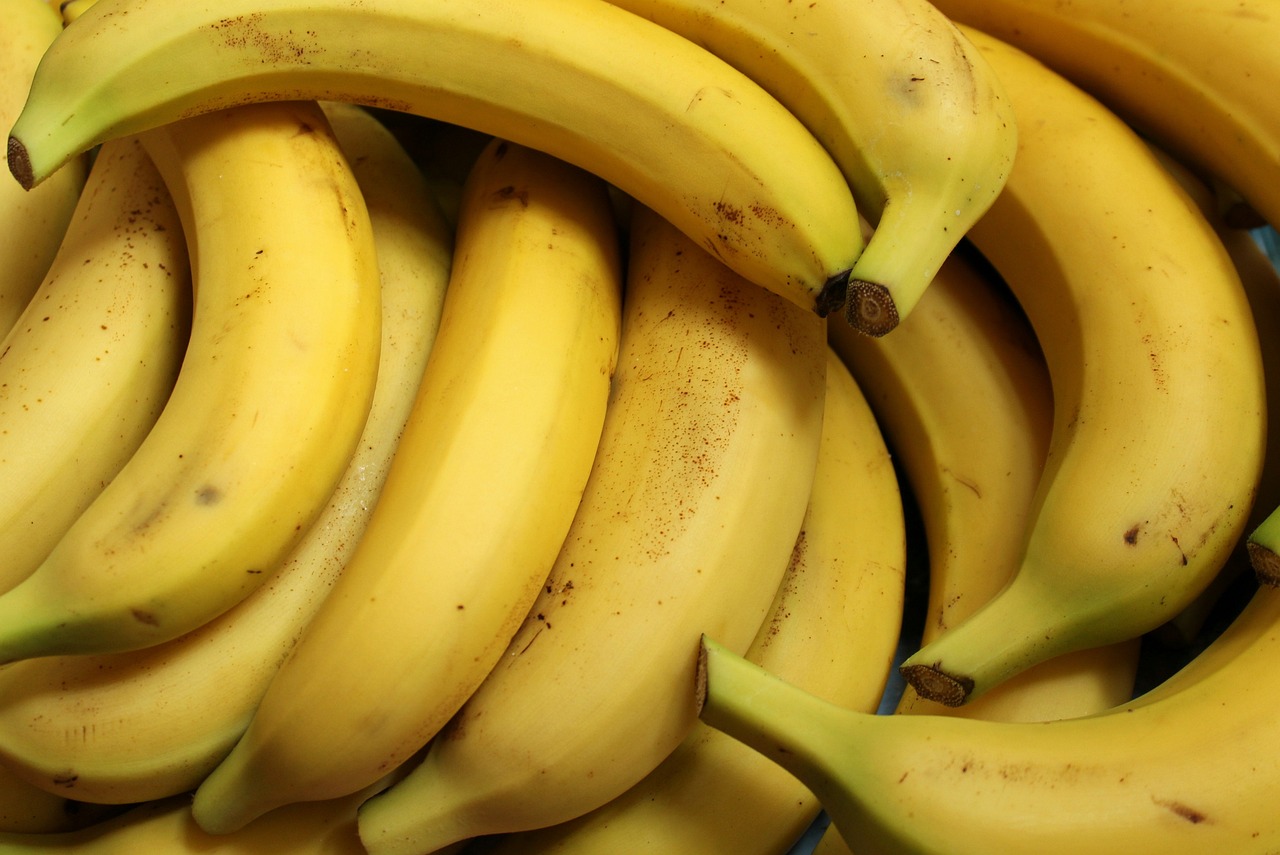Bananas are elongated fruits that have crept into almost every aspect of human society. As of 2024, they were the most popular fruit on Earth, with more than 100 billion consumed annually. Since humans first discovered bananas, they have sought ways to produce them efficiently, and scientists have peered into their makeup to understand what makes them so appealing.
Today, we will look closer at bananas and cover everything about them, from their cultivation to genetic makeup, their role in multiple societies, nutritional facts and benefits, and weird secrets about them you may not know. So, prepare your taste buds as we dive into 30 fun facts about bananas.
Key Takeaways
- Bananas are popular fruits that have become a large part of our daily eating lifestyles.
- They have many secrets about their discovery, initial cultivation, and genetic makeup worth exploring; this article will dive into 30 of these secrets.
Flash Facts
| Kingdom | Plantae |
| Division | Magnoliophyta |
| Class | Liliopsida |
| Order | Zingiberales |
| Family | Musaceae |
| Genus | Musa |
| Dominant Species | Cavendish Banana |
| Number Sold Annually | Over 100 billion |
| Estimated Market Value | $13.6 billion |
| Type of Fruit | Berry |
| Estimated Calorie Content | 110 calories |
Description

1. Bananas are elongated, curved fruits with peelable backs and edible interiors.
2. They are botanically classified as berries, which may seem odd as their classification places them in the same category as tomatoes, strawberries, and blueberries.
3. Bananas grow on herbaceous flowering plants, the largest in their category. They are distinguished by broad leaves and smooth stalks.
4. They come in different sizes and colors. One popular variant of the fruit is plantains, which are also called the cooking banana.
5. Bananas grow in bunches around what is called a banana heart, which is a thick heart-shaped structure that hangs from the stalk of the plant. Since they have no fruit, they can only be cultivated through rhizomes or bulbs.

History of Bananas
6. Bananas have been with humans even before recorded history. Many archaeological finds have placed the first domestication of the fruit around New Guinea.
7. Historians state that foragers first came across the wild version of the banana with seeds and began cultivating it. With time, variants of the fruit left Africa and entered Southeast Asia, where they underwent hybridization through multiple techniques like transplantation; this led to the standard form of the fruit eaten today.
8. The word banana is suspected to originate from the phrase banaana, which comes from the West African language Wolof, spoken by people in the Niger-Congo region. The word translates to finger.
9. With such a deep history, bananas are among the first fruits to be cultivated by humans.
10. They were even depicted in the Egyptian hieroglyphics.
11. The modern primary fruit variant is called the Cavendish banana.
Genetic Makeup
12. Though the modern version of the banana is edible, they were not always like that.
13. According to researchers, the first variants had black seeds and were almost inedible.
14. It took thousands of years of genetic engineering, destroying numerous species, and extensive hybridization to arrive at modern-day bananas.
15. Because of how important the modern variant has gotten, the current cultivation methods used to grow it have led to a stall; this means that most bananas today are genetically identical to their previous ancestors.
16. The lack of diversity of the banana has made it prone to pests and diseases; this was once massively destructive, as it led to the extinction of the Gros Michel banana, the primary version of the fruit eaten by humans.
17. Another weird thing about bananas’ DNA is its slight relationship to humans. We share about 20% similar genes with the fruit.
Nutritional Benefits of Bananas

18. Bananas are among the rare class of food called superfoods. They share this category with the likes of avocados and fish.
19. One medium serving of banana contains about 110 calories of energy packed with many nutrients like Potassium, Vitamins B6 and C, and fibers; these nutrients benefit the body and boost digestive and heart health.
20. Bananas are also great for mental health, as they produce high amounts of tryptophan, which the body converts to serotonin to aid in elevating mood. Besides that, they also help the bones stay strong as they produce fructooligosaccharides, which are non-digestive carbohydrates that enhance the body’s ability to absorb calcium.
21. Scientists also discovered that women who consumed four to six bananas weekly cut their chances of developing some cancers by half.
The Economics of Bananas
22. As the most commonly eaten fruit on Earth, the Banana industry has a market valuation of around $13.6 billion, making it the 305th most traded product on the planet.
23. However, the fruit has been riffed with numerous controversies, as earlier cultivation employed child and slave labor.
24. As bananas are prone to pests and diseases, a significant amount of pesticides is needed for their cultivation; this negatively affects the environment by speeding up global warming.

Weird Banana Facts
Many myths and legends about bananas make it hard to distinguish the truth from fiction. Here are some weird facts about the fruits that may seem like a lie but are true:
25. Banana peels alleviate skin inflammations from mosquito bites and plants like poison ivy.
26. They are also excellent in curing migraines and headaches as they contain nutrients like potassium and magnesium that help combat pain.
27. China and India are the highest cultivators of bananas. They account for about 26% of the fruit shipped annually.
28. The banana peel can polish silverware and leather shoes.
29. The Giant Highland banana is the largest species of the fruit. It can grow up to 30 centimeters and weigh over 3 kilograms (6.61 pounds).
30. Bananas can aid in whitening the teeth because of their potassium, manganese, and magnesium content. It’s best to gargle the mouth with salt water after rubbing the peel on the teeth for better outcomes. Results occur within two weeks.

Conclusion
We hope you enjoyed learning our 30 cool facts about bananas. You can also check out our Avocado Facts or search our Facts Database. Don’t forget to leave us a comment and share.





